Code
HCS11143
Weight
1.6 Kg / 3.53 lbs
Size
Height
21cm (8") Width
15cm (6") Depth
11cm (4") Material
Bronze
Availability
Available
Date Added
2014-11-27 19:05:29
Note : We used to sell this product 11 years ago so it may no longer be in our stock.
It is possible that we still have it with our suppliers but the price could be different from before.
Feel free to order. We will verify availability and inform you promptly.
It is possible that we still have it with our suppliers but the price could be different from before.
Feel free to order. We will verify availability and inform you promptly.

Safe Payment
We accept Paypal, Money Transfer, Bank Transfer
Confidence
Protection covers your purchase and personal data.
Worldwide Delivery
We ship Worldwide, except Russia.Shipping cost US$25.2 for upto 0.5 kgs

Hotline
Talk to help line for your question on 9841267335Lost-Wax System
This Durga And Kali of Dakshin Kali, [antique Finishing] is made by the process of the Lost Wax system. This is a very complicated, time consuming and historic process of making metal sculptures.Which is why it is sometimes called Precision Casting as well. Hence the sculptures made by this process are comparatively expensive. There are many new, advanced and less time consuming methods of casting metal sculptures available as well. But due to the benefits provided by the traditional lost wax system in quality control and customization, we prefer the Loss wax system over Ceramic molding, or sand casting to make our Durga And Kali.
Below we have tried to illustrate the process of making a loss wax system statue: Read More . . .
This Durga And Kali of Dakshin Kali, [antique Finishing] is made by the process of the Lost Wax system. This is a very complicated, time consuming and historic process of making metal sculptures.Which is why it is sometimes called Precision Casting as well. Hence the sculptures made by this process are comparatively expensive. There are many new, advanced and less time consuming methods of casting metal sculptures available as well. But due to the benefits provided by the traditional lost wax system in quality control and customization, we prefer the Loss wax system over Ceramic molding, or sand casting to make our Durga And Kali.
Below we have tried to illustrate the process of making a loss wax system statue: Read More . . .
Brief Introduction :
Kali also known as Kalika is a Hindu goddess. Kali is the chief of the Mahavidyas, a group of ten Tantric goddesses who each form a different aspect of the mother goddess Parvati. Kali's earliest appearance is that of a destroyer of evil forces. She is the most powerful form of Shakti, and the goddess of one of the four subcategories of the Kulamārga, a category of Tantric Saivism. She destroys the evil in order to protect the innocent.
Over time, Kali has been worshipped by devotional movements and tantric sects variously as the Divine Mother, Mother of the Universe, Adi Shakti, or Adi Parashakti. Shakta Hindu and Tantric sects additionally worship her as the ultimate reality or Brahman. She is also seen as the divine protector and the one who bestows moksha, or liberation. Kali is often portrayed standing or dancing on her consort, the Hindu god Shiva, who lies calm and prostrate beneath her. Kali is worshipped by Hindus throughout India and Nepal.
Iconogrphy :Kali is portrayed mostly in two forms: the popular four-armed form and the ten-armed Mahakali form. In both of her forms, she is described as being black in colour but is most often depicted as blue in popular Indian art. Her eyes are described as red with intoxication and in absolute rage. Her hair is shown disheveled, small fangs sometimes protrude out of her mouth, and her tongue is lolling. She is often shown wearing a skirt made of human arms and a garland of human heads, and she is also shown wearing a tiger skin. She is also accompanied by serpents and a jackal while standing on the calm and prostrate Shiva, usually right foot forward to symbolize the more popular Dakshinamarga or right-handed path, as opposed to the more infamous and transgressive Vamamarga or left-handed path. These serpents and jackals are shown to drink the blood of Rakta-bija's head which is dropping while the goddess carries it in her hand, and preventing it to fall on the ground.
In the ten-armed form of Mahakali she is depicted as shining like a blue stone. She has ten faces, ten feet, and three eyes for each head. She has ornaments decked on all her limbs. There is no association with Shiva.
The Kalika Purana describes Kali as possessing a soothing dark complexion, as perfectly beautiful, riding a lion, four-armed, holding a sword and blue lotuses, her hair unrestrained, body firm and youthful.
In spite of her seemingly terrible form, Kali Ma is often considered the kindest and most loving of all the Hindu goddesses, as she is regarded by her devotees as the Mother of the whole Universe. And because of her terrible form, she is also often seen as a great protector.
When the Sri Ramakrishna once asked a devotee why one would prefer to worship Mother over him, this devotee rhetorically replied, "Maharaj, when they are in trouble your devotees come running to you. But, where do you run when you are in trouble?"
In the ten-armed form of Mahakali she is depicted as shining like a blue stone. She has ten faces, ten feet, and three eyes for each head. She has ornaments decked on all her limbs. There is no association with Shiva.
The Kalika Purana describes Kali as possessing a soothing dark complexion, as perfectly beautiful, riding a lion, four-armed, holding a sword and blue lotuses, her hair unrestrained, body firm and youthful.
In spite of her seemingly terrible form, Kali Ma is often considered the kindest and most loving of all the Hindu goddesses, as she is regarded by her devotees as the Mother of the whole Universe. And because of her terrible form, she is also often seen as a great protector.
When the Sri Ramakrishna once asked a devotee why one would prefer to worship Mother over him, this devotee rhetorically replied, "Maharaj, when they are in trouble your devotees come running to you. But, where do you run when you are in trouble?"


![Dakshin Kali, [antique Finishing]](https://handicraftseller.com/uploads/pics/product/thumb/2014/11/11143.jpg)
![Dakshin Kali, [antique Finishing]](https://handicraftseller.com/uploads/pics/product/thumb/2014/11/11143_0.jpg)
![Dakshin Kali, [antique Finishing]](https://handicraftseller.com/uploads/pics/product/thumb/2014/11/11143_1.jpg)
![Dakshin Kali, [antique Finishing]](https://handicraftseller.com/uploads/pics/product/thumb/2014/11/11143_2.jpg)
![Dakshin Kali, [antique Finishing]](https://handicraftseller.com/uploads/pics/product/thumb/2014/11/11143_3.jpg)
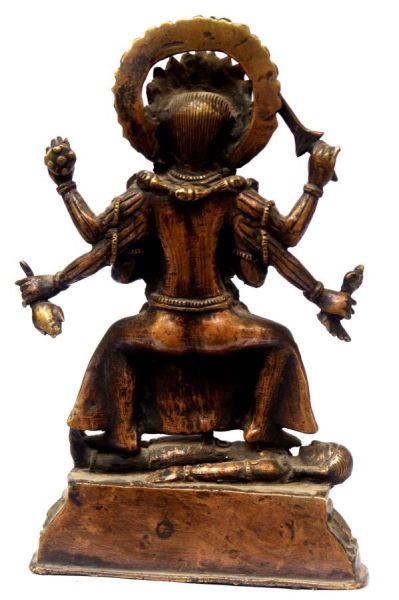

























































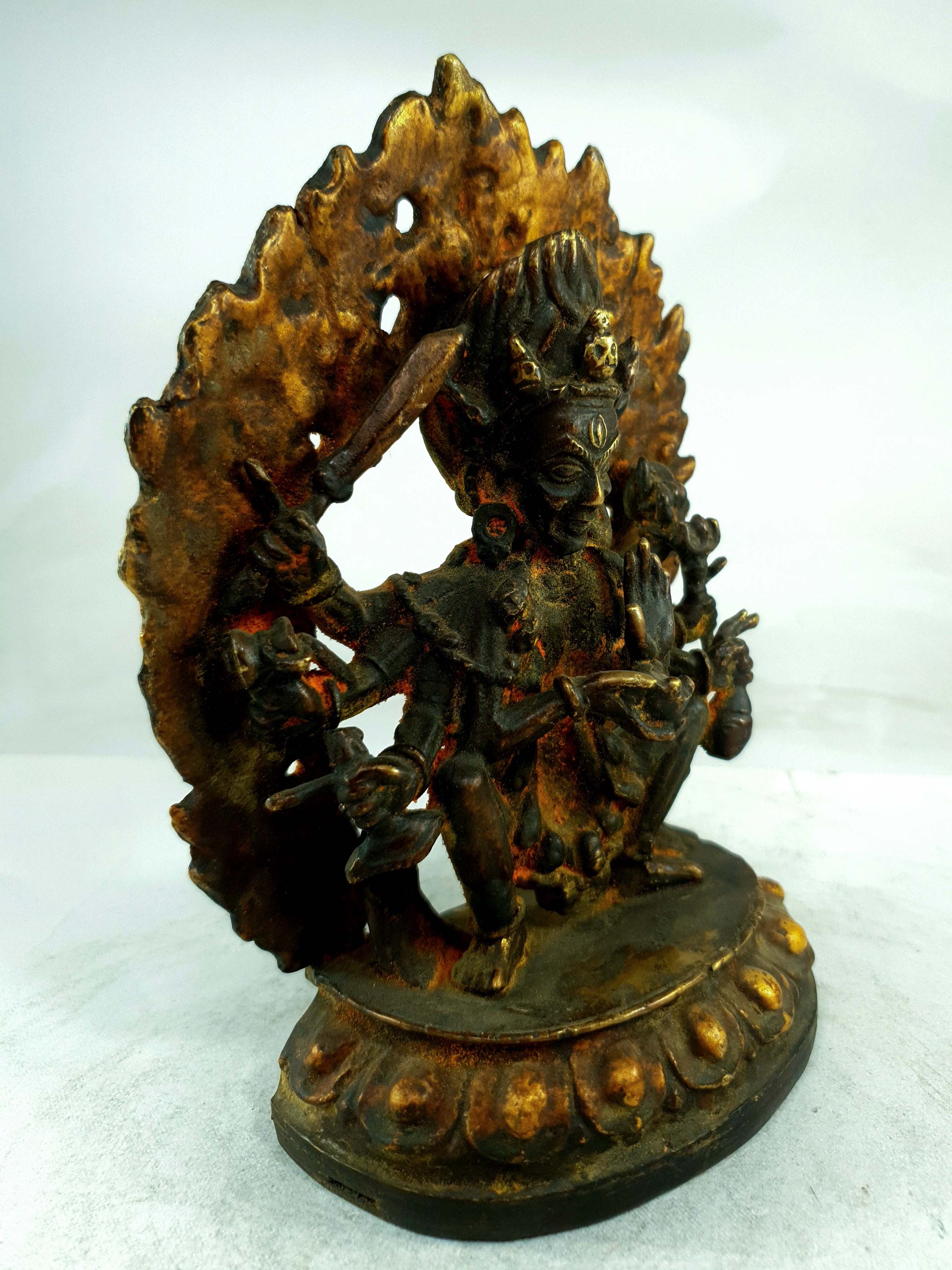 of Bhadrakali,
of Bhadrakali, 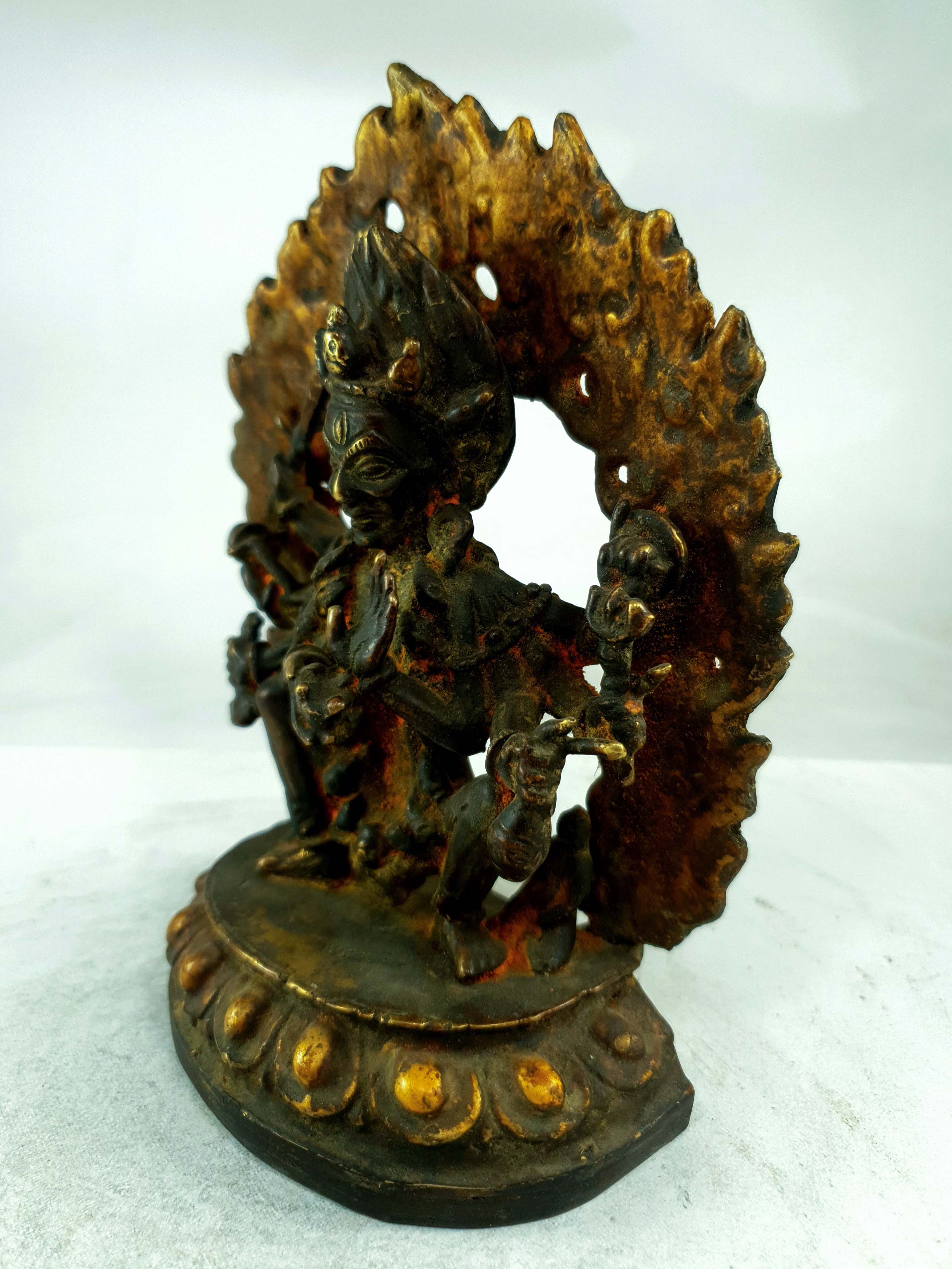 of Bhadrakali,
of Bhadrakali, 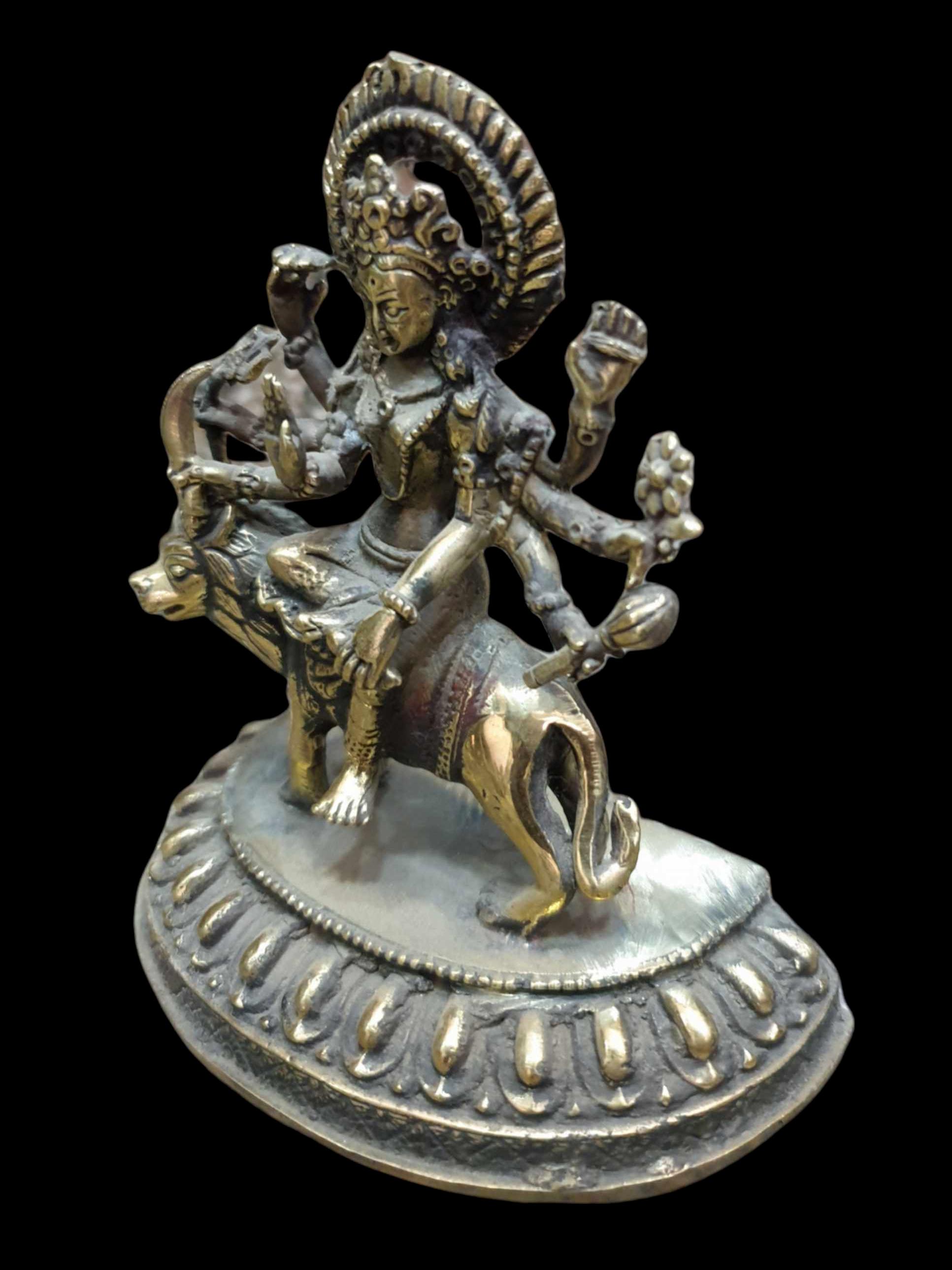 of Durga,
of Durga, 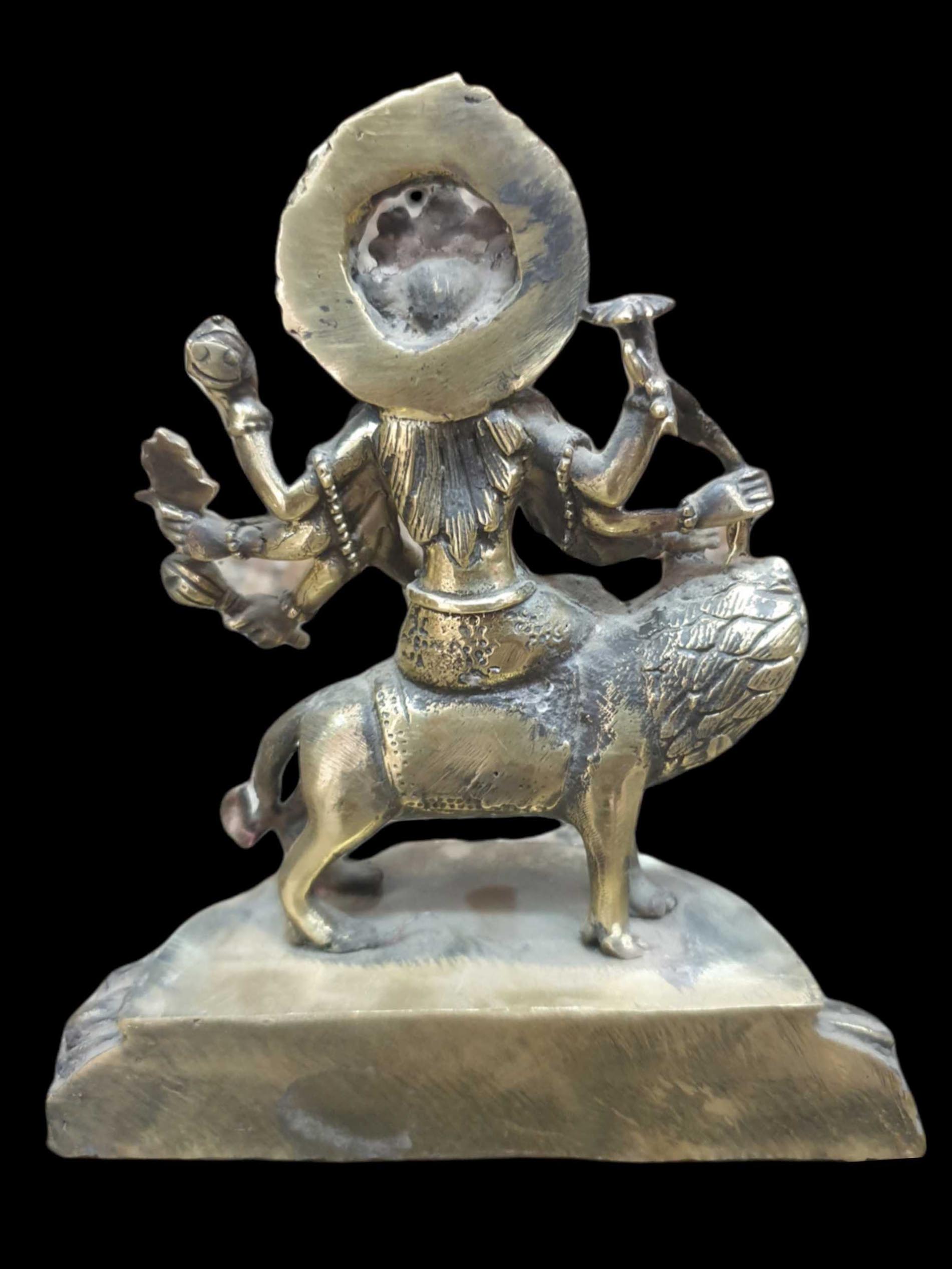 of Durga,
of Durga, 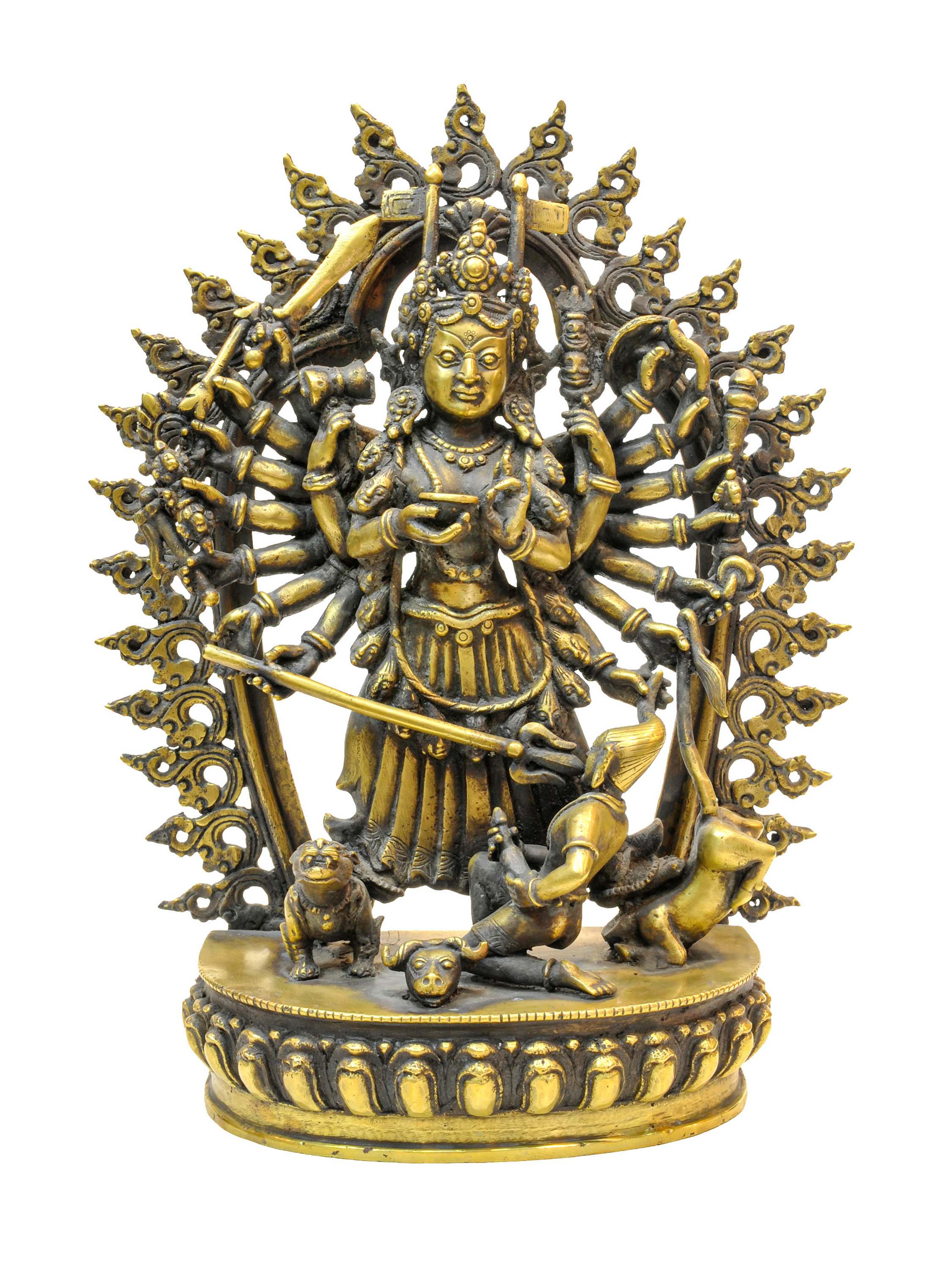 of 18 Hand Bhagawati, Durga Kali" title="Handmade Statue
of 18 Hand Bhagawati, Durga Kali" title="Handmade Statue 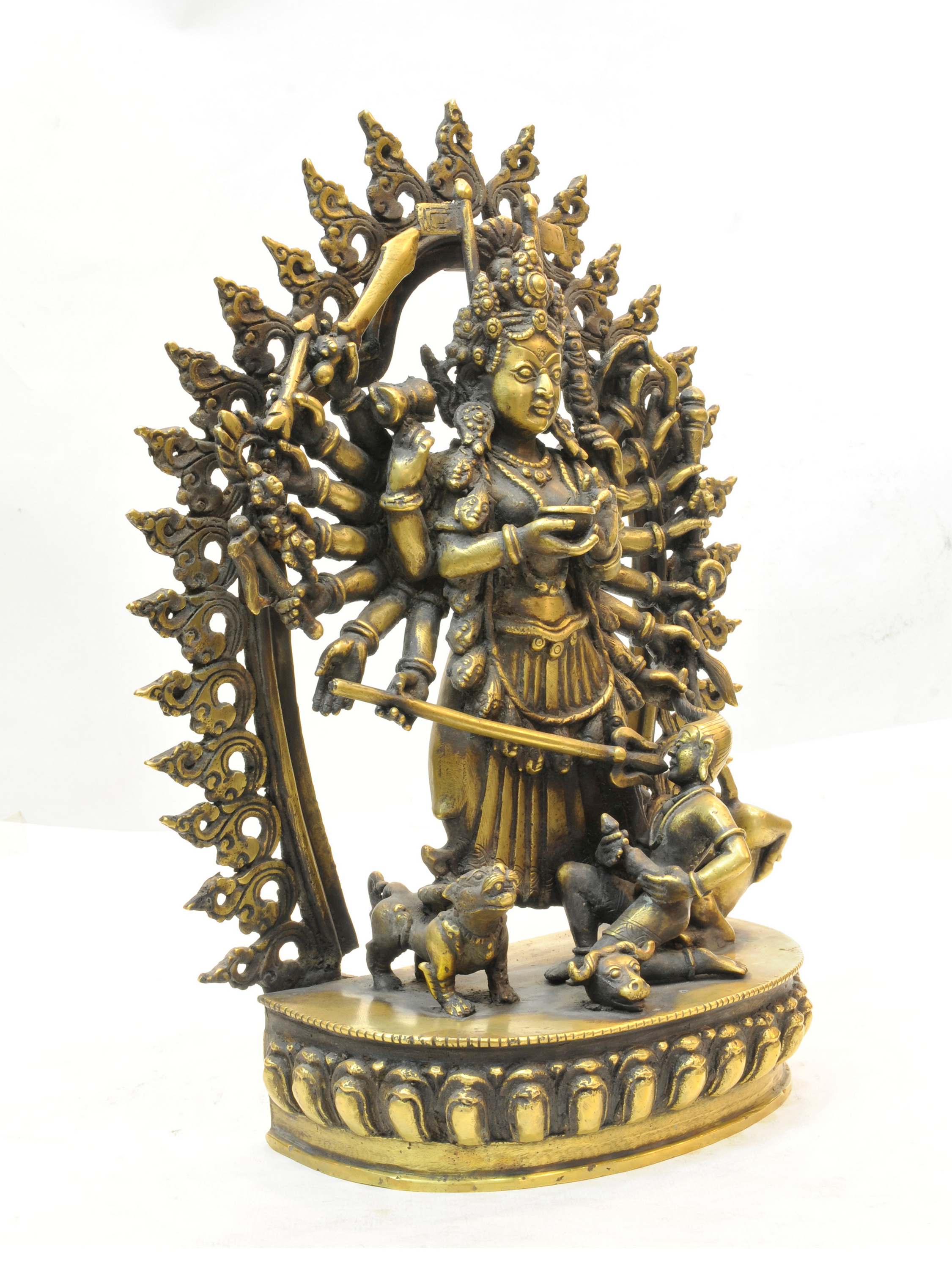 of 18 Hand Bhagawati, Durga Kali" title="Handmade Statue
of 18 Hand Bhagawati, Durga Kali" title="Handmade Statue 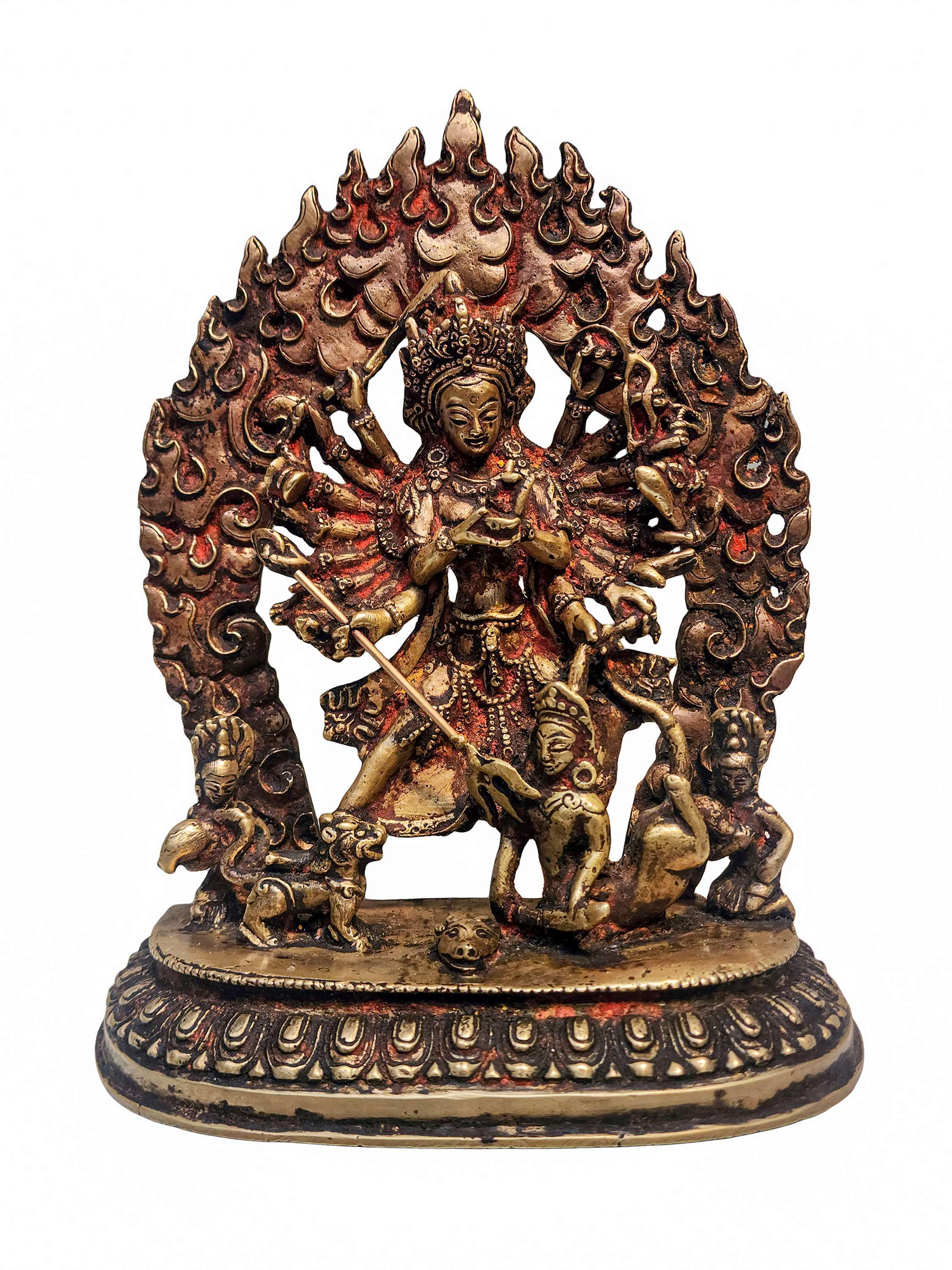 Unique, Buddhist Handmade Statue
Unique, Buddhist Handmade Statue 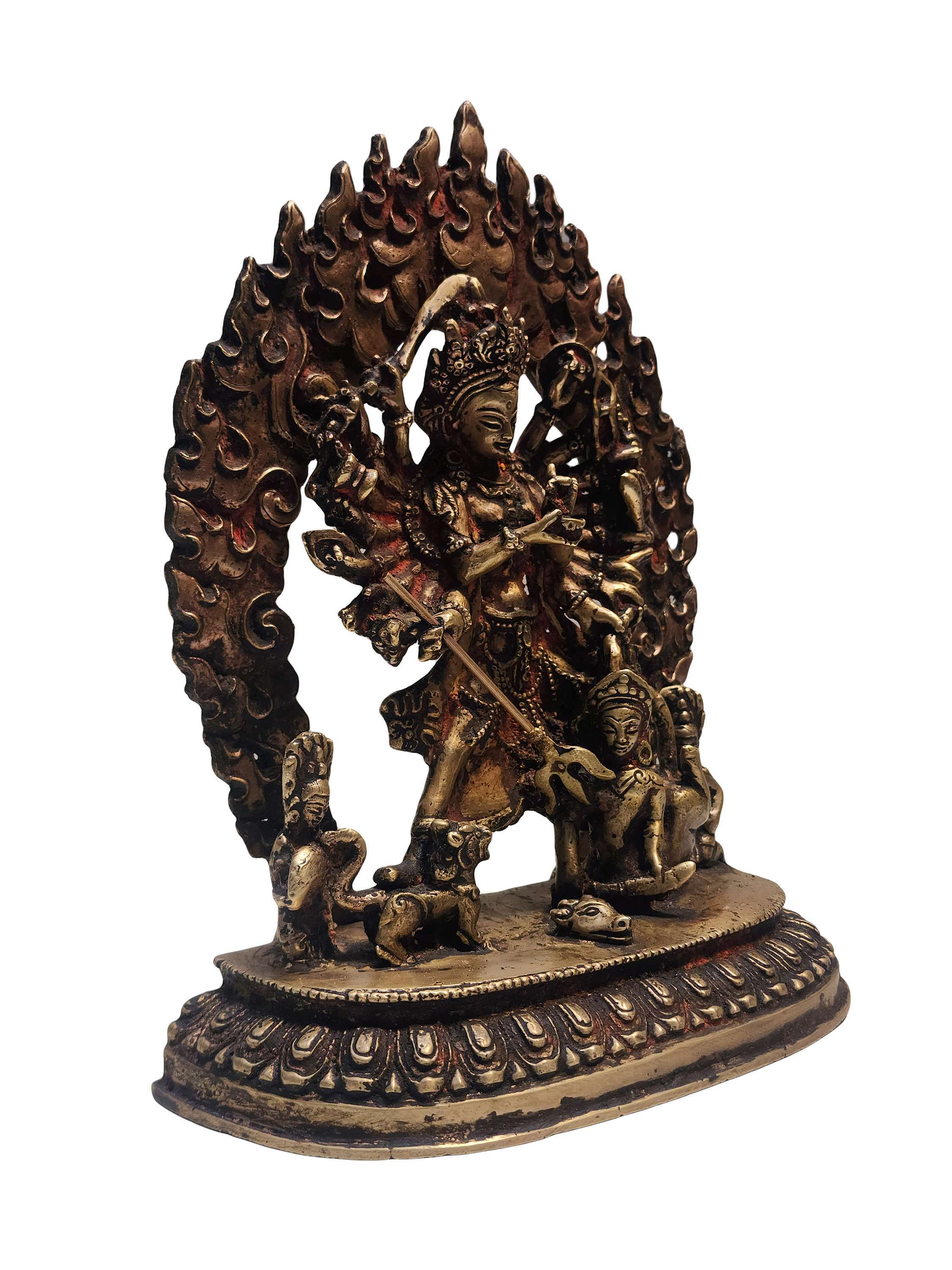 Unique, Buddhist Handmade Statue
Unique, Buddhist Handmade Statue 
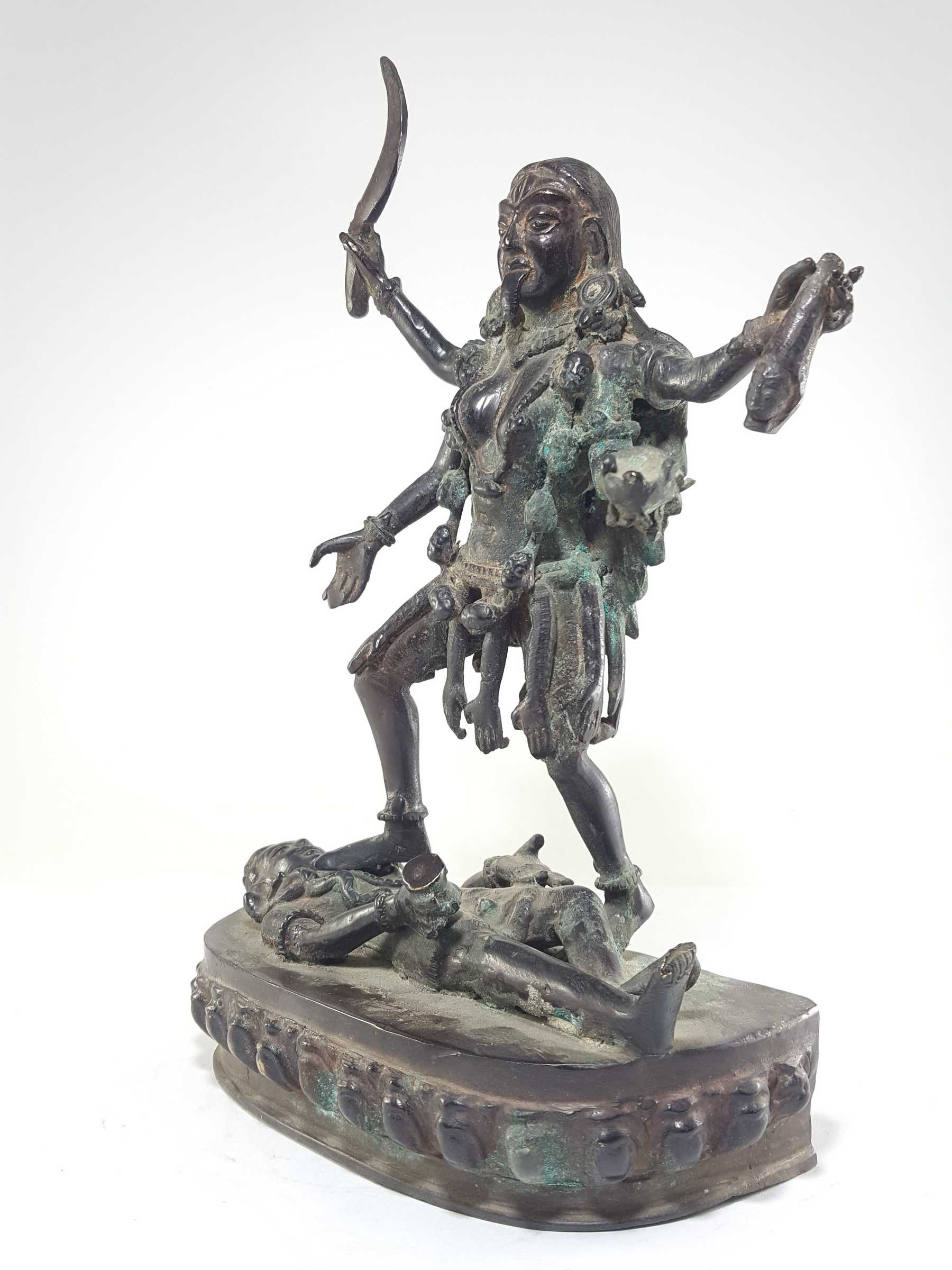
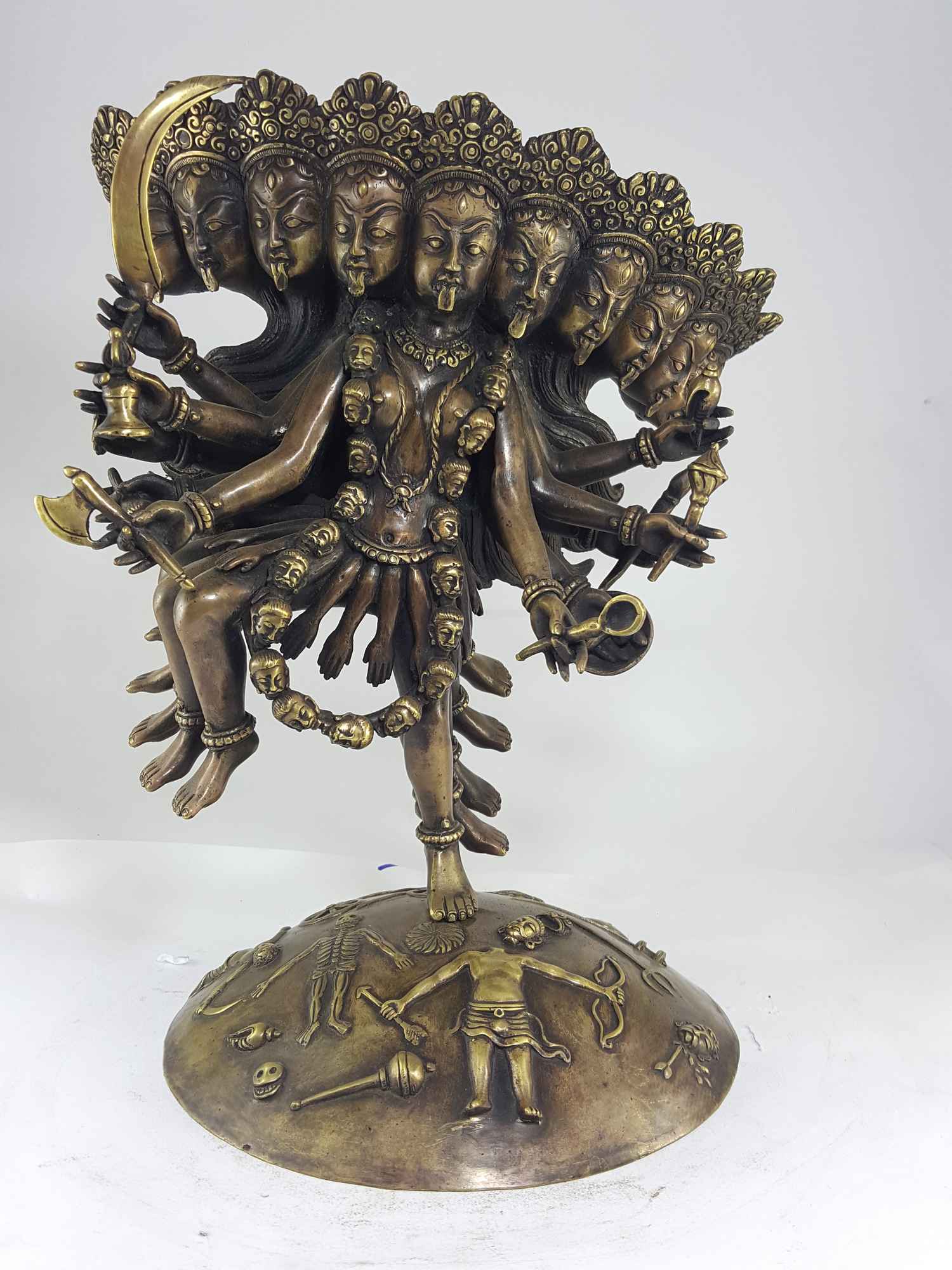 of Kali
of Kali 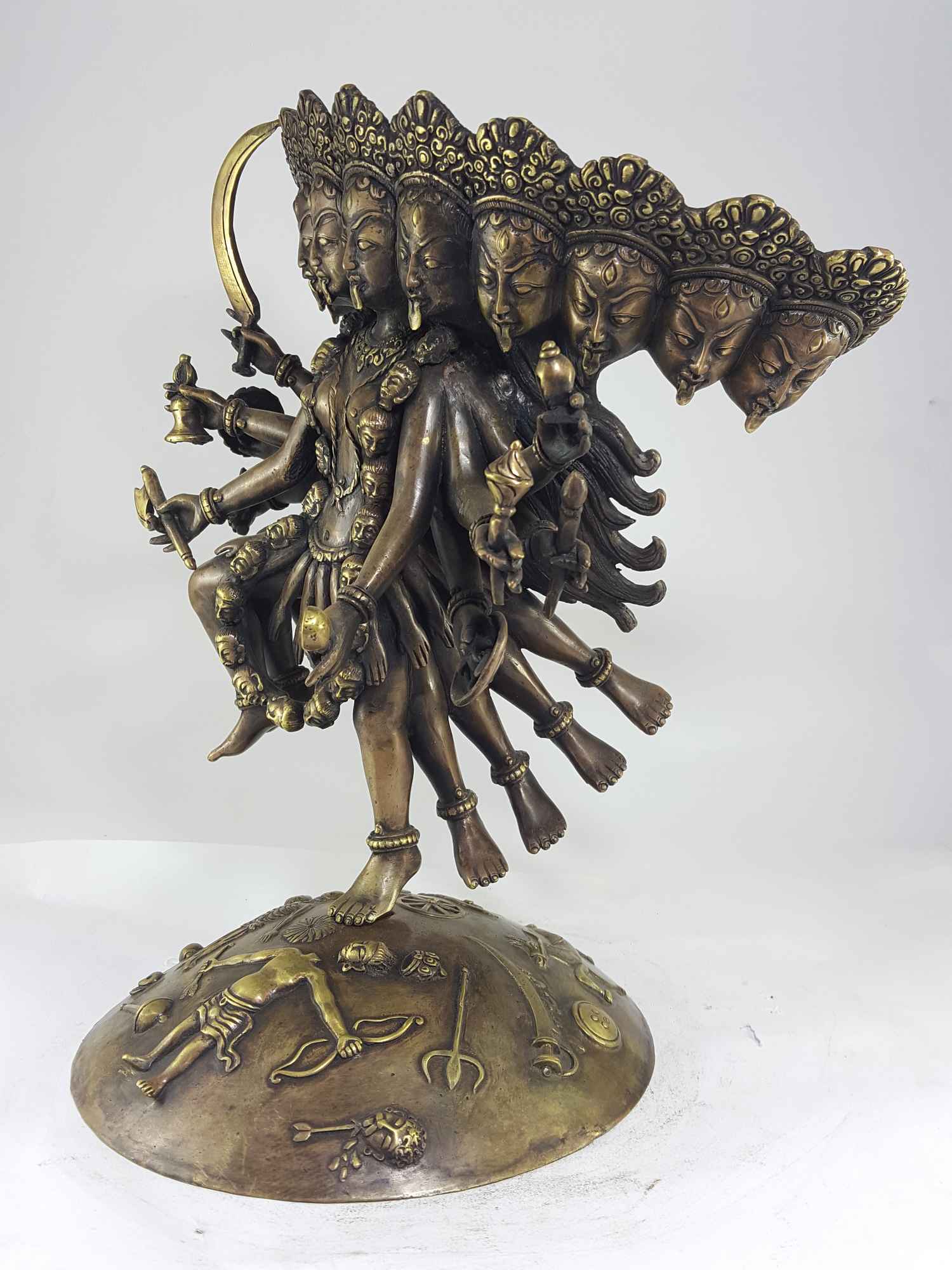 of Kali
of Kali 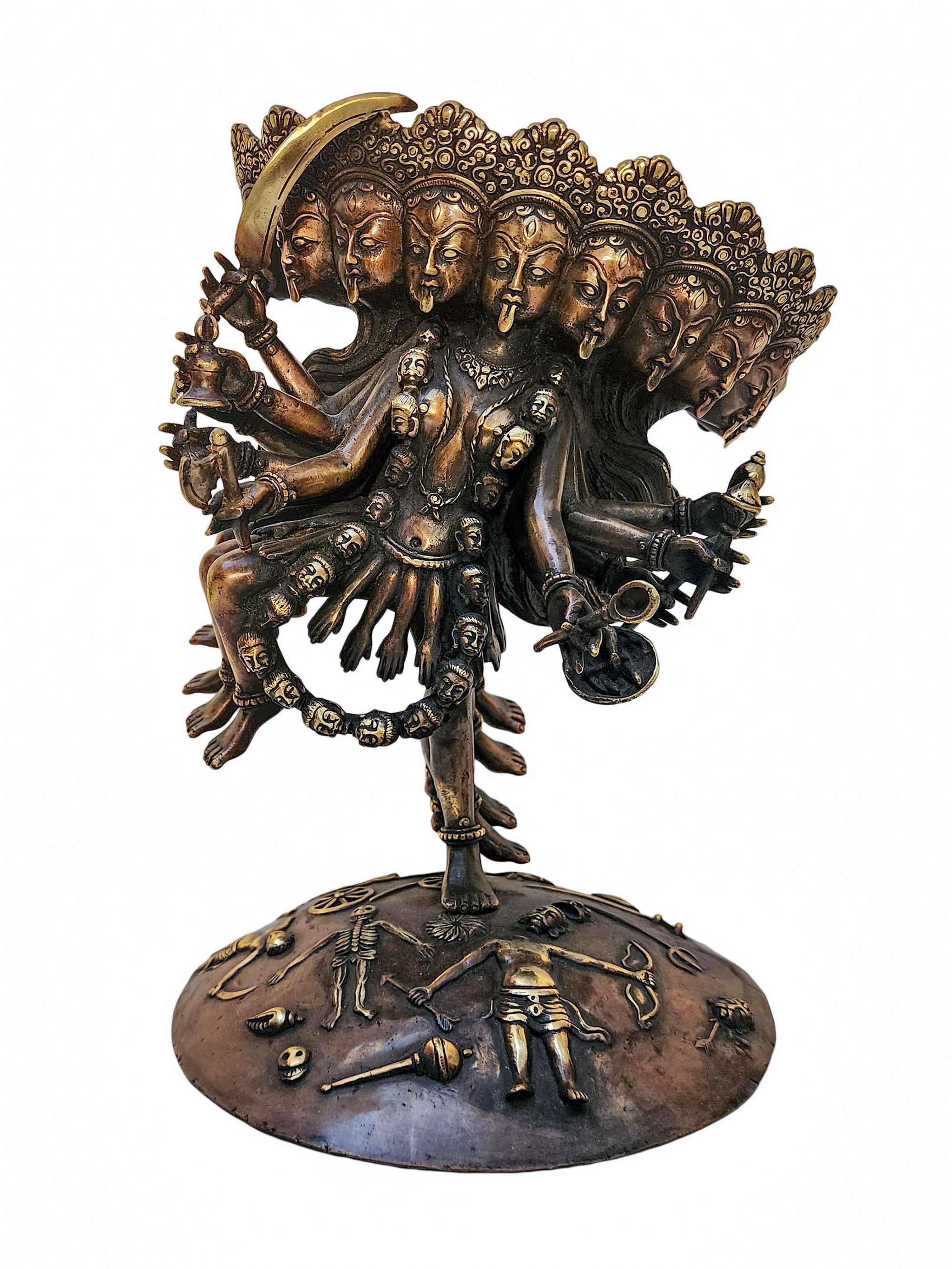 Kali, Buddhist Handmade Statue,
Kali, Buddhist Handmade Statue,  Kali, Buddhist Handmade Statue,
Kali, Buddhist Handmade Statue, 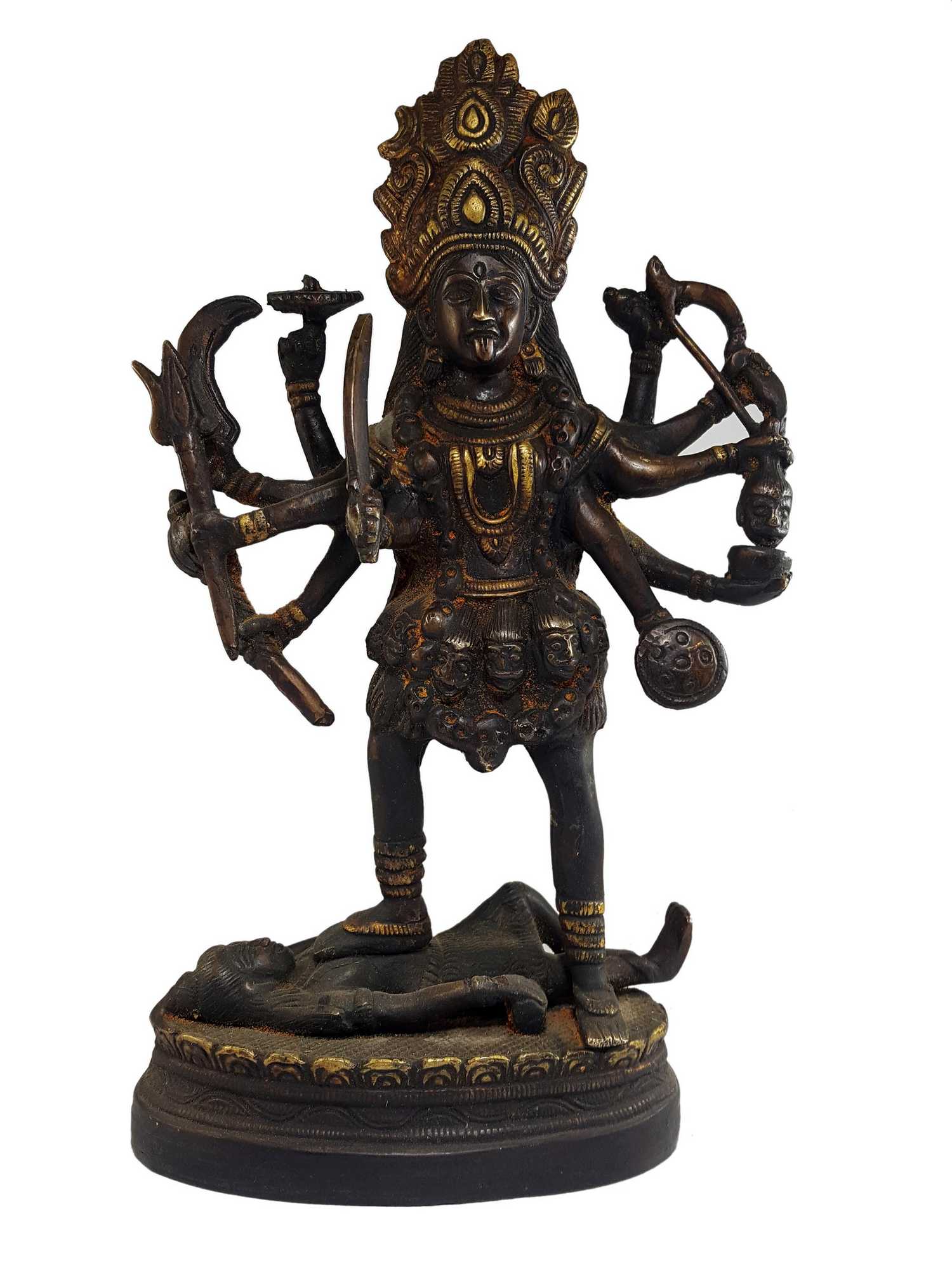 of Kali
of Kali 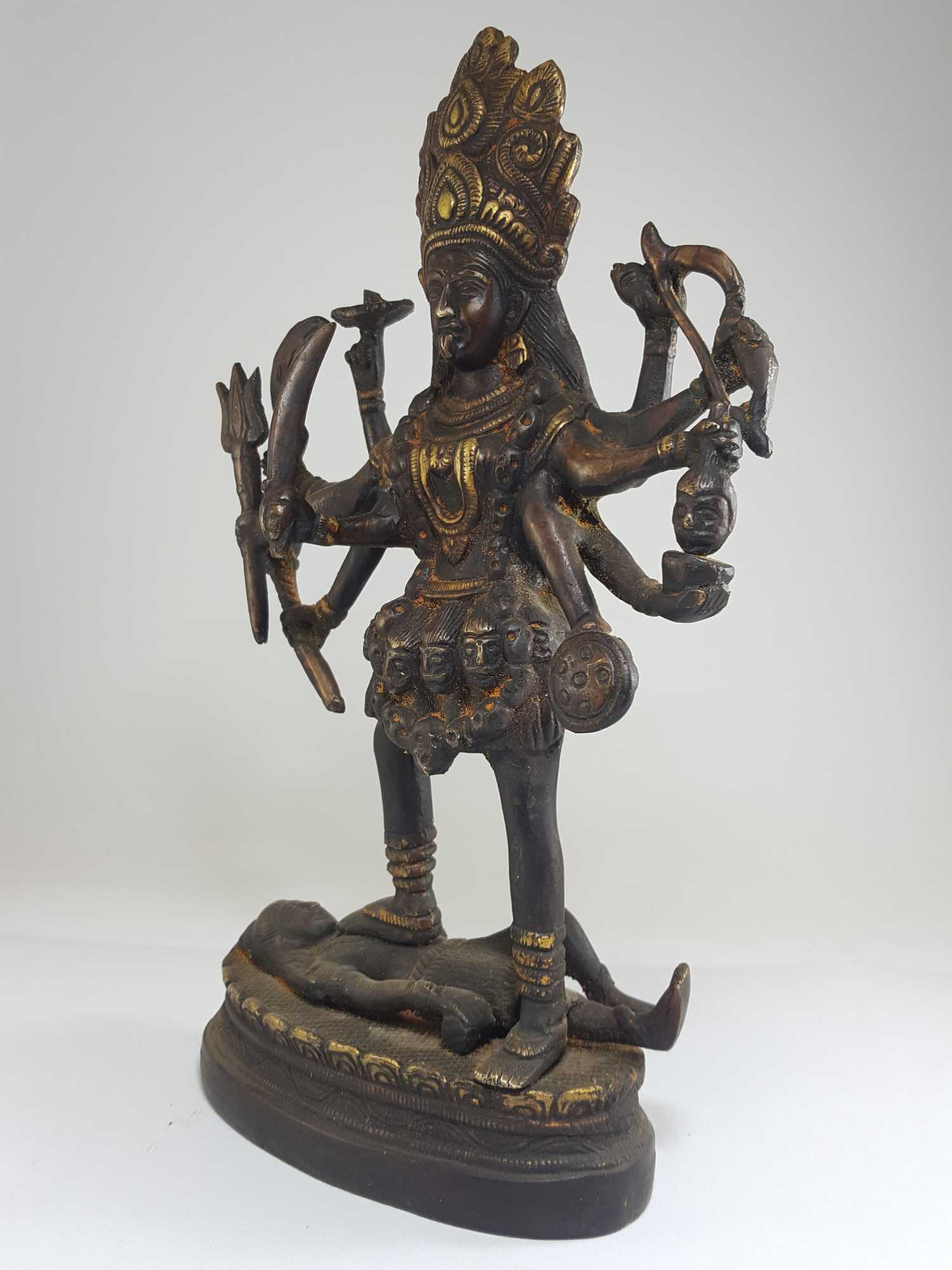 of Kali
of Kali 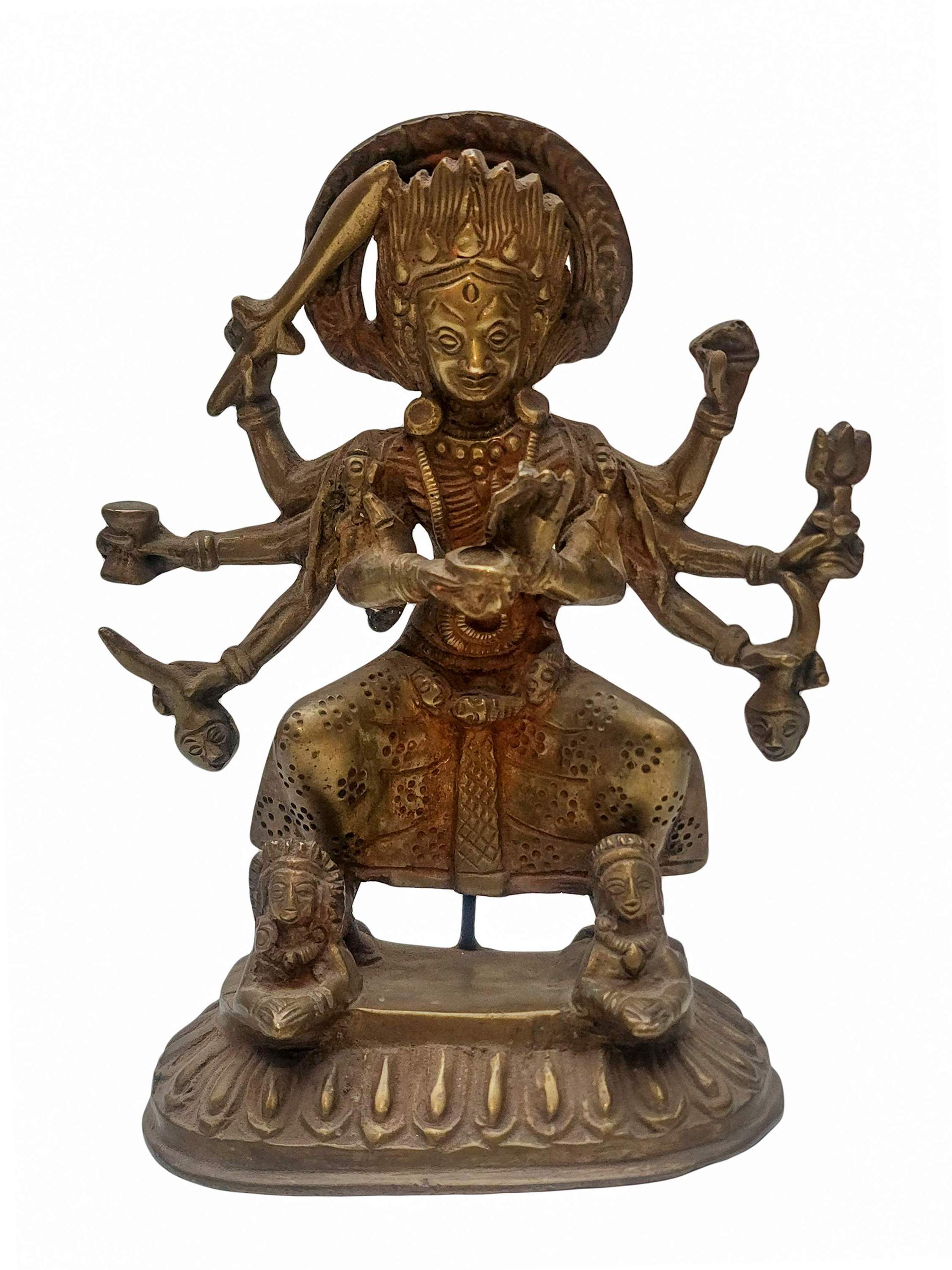 of Bhadrakali, Antique Finishing" title="Nepali Handmade Statue
of Bhadrakali, Antique Finishing" title="Nepali Handmade Statue 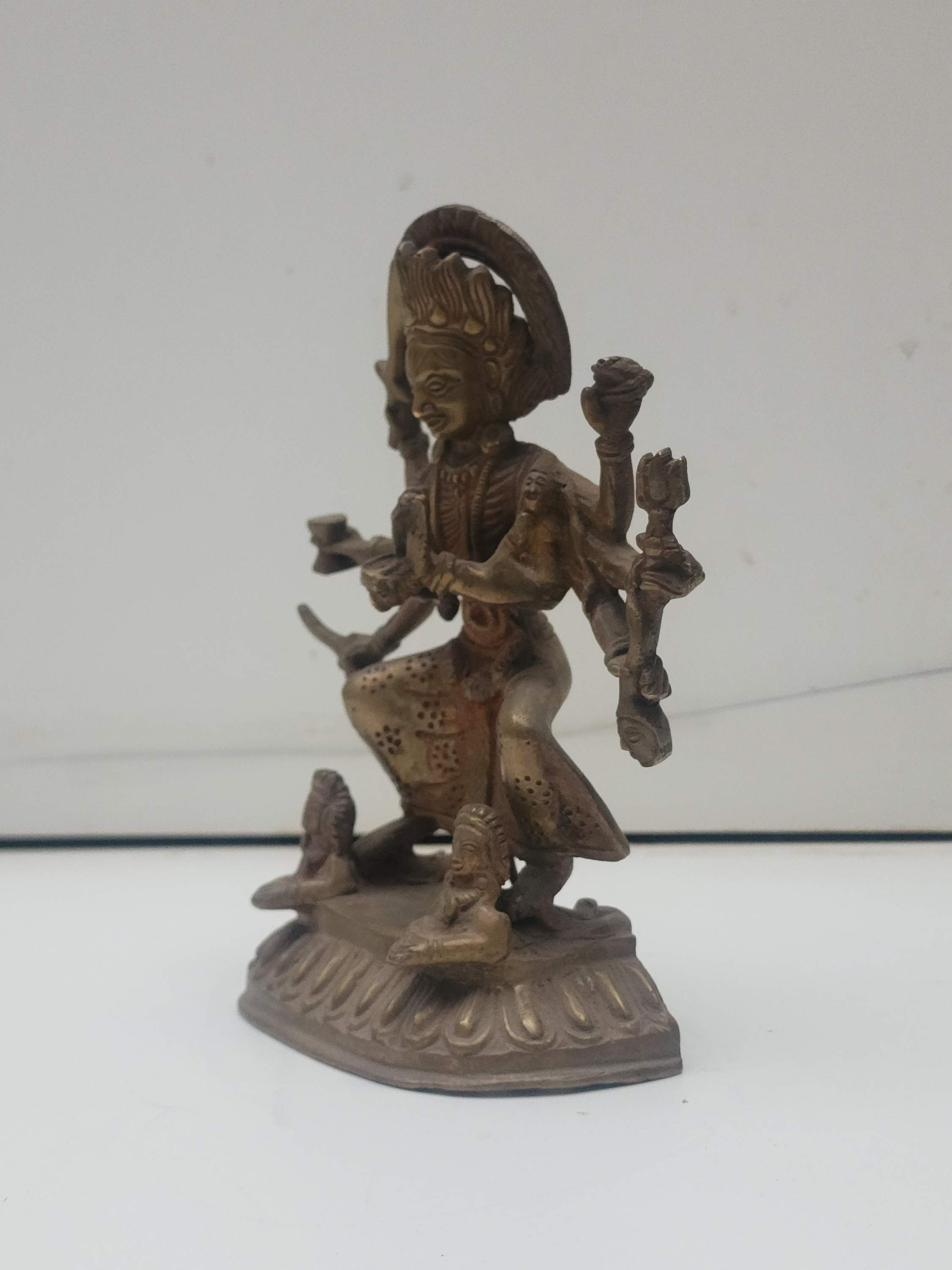 of Bhadrakali, Antique Finishing" title="Nepali Handmade Statue
of Bhadrakali, Antique Finishing" title="Nepali Handmade Statue